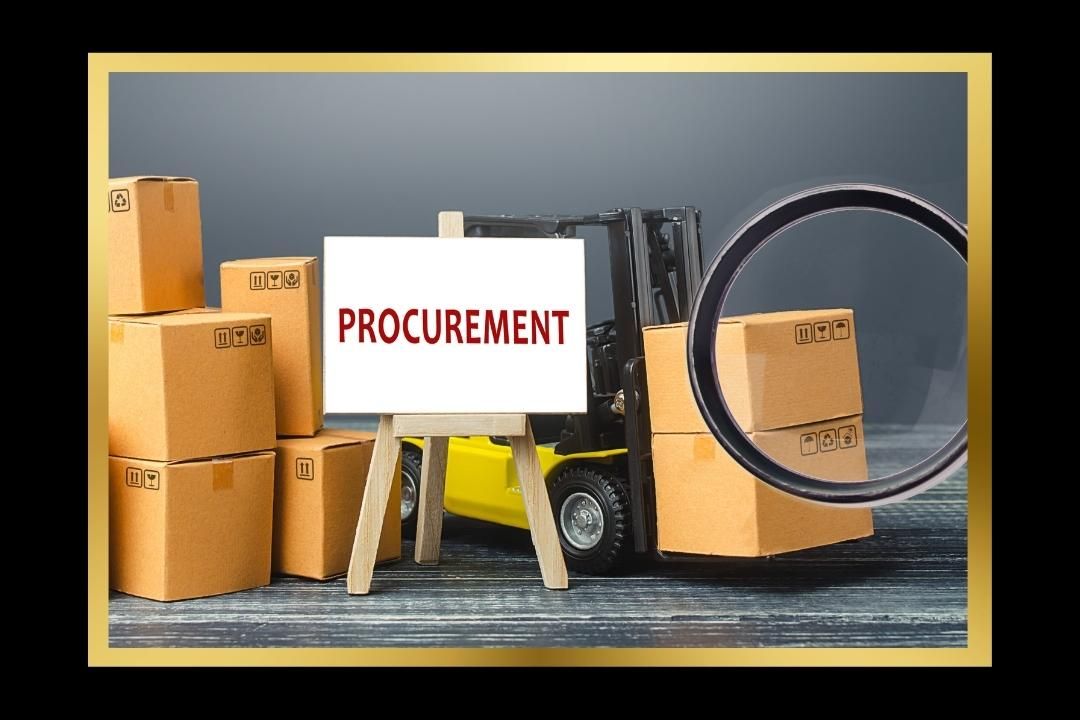
How to Improve your Procurement Spending
One of your most significant areas of business expenditure will be buying the goods and services needed for the company to operate. Whether these are raw materials, wholesale goods, or cloud services, you need someone to control this procurement process.
Managing your procurement spending is vital for keeping the business cost-effective and competitive in the market. Overspending on materials or paying over the odds to your delivery partner can start to have a significant impact on your bottom line.
How, then, do you get on top of this procurement spending and start becoming more efficient?
5 key ways to enhance your procurement spending
Managing cash flow is about balancing your cash inflows against your cash outflows. Maintaining a positive cash position won’t be easy if your procurement costs are high. So reducing your costs and agreeing to better terms is all part of the procurement process.
In short, the less cash that’s burnt up in procurement costs, the better the company’s overall financial position will be. So, how do you go about reducing these costs?
Here are 5 key ideas to focus on:
- Reduce your base cost per item; where you’re buying in goods, one of the most important costs to consider is your basic cost per unit. This price is probably the most challenging cost to alter, but there are ways to reduce it. Get quotes from various suppliers. Look for the supplier that offers the best mix of value, quality, and reliability at an economical price. Negotiating with competing suppliers can help knock the price down further.
- Cut your logistics and delivery costs; when dealing with physical goods, these items will need to be transported to your premises and/or delivered to your end customers. Look for well-priced carriers and logistics providers and see if you can negotiate their prices down. Ask about discounts for faster payment or options for joining a preferred customer program to help reduce prices. Offering a long-term relationship with the carrier can result in greater trust and openness. And over time, more potential for negotiating price reductions.
- Nurture the best supplier relationships; the foundation for good procurement management is building solid relationships with your suppliers. The more stable your supply chain is, and the deeper the trust between you and your supplier partners. Then the easier it will be to negotiate good terms, beneficial prices, and flexible contracts. Nurture these relationships, pay on time, and set a good reputation with these suppliers.
- Reduce tax and duty costs; depending on which goods and services you’re selling, there will be certain territory-specific taxes and duties to pay when buying and transporting goods. Engage a tax adviser. They’ll be able to check that you’re paying the right taxes on your goods/services. Working with a customs broker can also help organize and streamline the customs process. It can also ensure that you’re paying the correct duty on all your imports and exports.
- Using tech to get in control of procurement; Having all your procurement information in one place, accessible 24/7 in the cloud, has enormous advantages. You can; streamline your internal processes, manage risk more effectively, and regularly check your spending against budgets, cash flow, and expected expenditure. You can quickly take action to reduce considerable variances or instances of overspending. How? By putting caps on spending or switching to new suppliers that offer a more cost-effective option.
Talk to us about your procurement management
When you’re in control of your procurement spending, that’s good news for your cash flow, your end profits, and the long-term health of your supplier relationships.
Getting in control of your budgets, expenditure, and overall spend management is a big part of the procurement process. This is an area where we can help guide you in the right direction.
Talk to us about your current procurement issues to see where we can lend a hand.